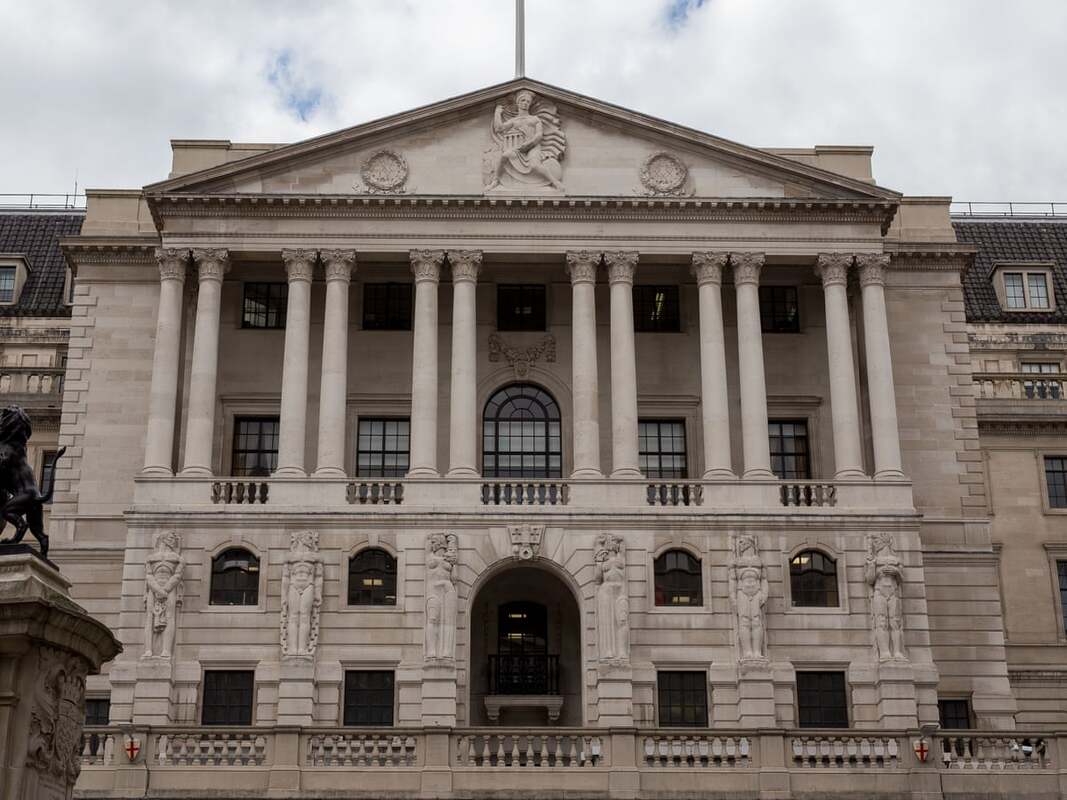The Bank has kept both rates and QE on hold this month, and the committee decided against offering any tangible hints of future tightening. Indeed, the lack of any hints about rate hike timing is probably becuase they don't see the need to guide the markets at this time.
The markets were pricing in more than two hikes by the end of 2023, prior to the policy meeting. However, with continued economic recovery and the success of the vaccination program resulting in fading concerns about Covid-19, then it is possible that talk about rate hiking will gain momemtum through the next few quarters. If we throw inflation into the mix as well, we need ask the question of whether inflation is transitory or structural. Indeed, the latest inflation reading was higher than expected, and the BoE expects inflation to exceed 3% at some point this year, however, they also believe that price pressures will subside through 2022. This means that there isn't an appetite to ease stimulus any time soon, given the expectation of inflation being transitory. The Bank’s May projections, which were based on roughly 20 basis points of tightening over two years, showed inflation roughly at target over the medium-term. In other words, the market pricing was broadly correct. However, since then, the markets have brought forward their expectations and are now pricing two rate hikes by the middle of 2023. On the QE side, it is unlikely that the BoE will reduce their programme early. Indeed, they are on track to stop expanding their balance sheet at the end of the year, having tapered the pace of purchases last month. Governor Andrew Bailey has made it clear that the BoE will unwind the size of it's balance sheet as part of the future tightening cycle. What isn't clear at this point is how they will approach this.
0 Comments
Leave a Reply. |
AuthorTim the trader Archives
January 2025
Categories |
Site powered by Weebly. Managed by iPage

 RSS Feed
RSS Feed